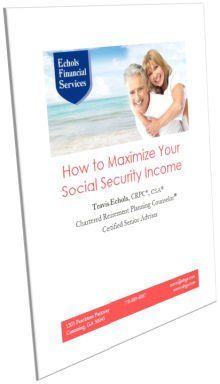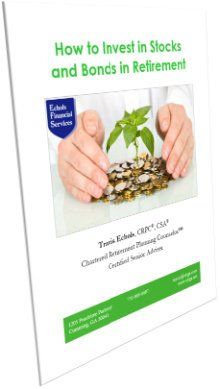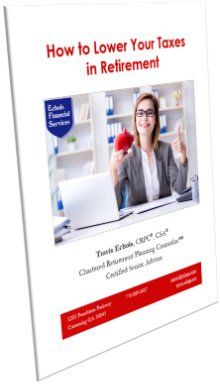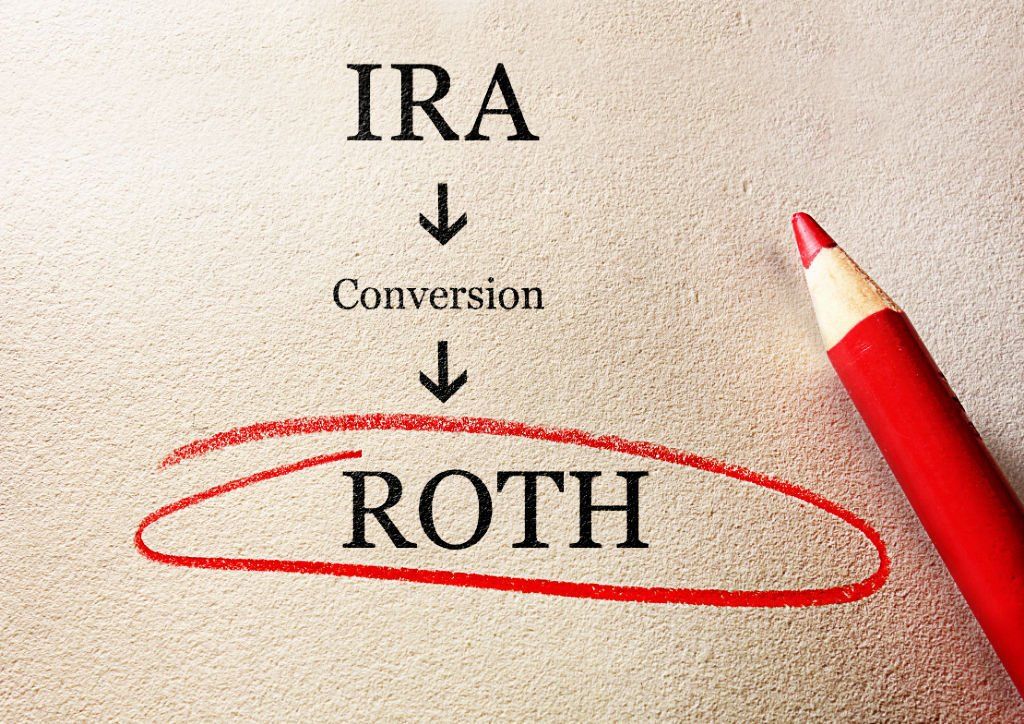I Never Have to Work Again!

I never have to work again!
For many people, this is what retirement means. It is not never working again--it is never having to work again.
You have worked, planned, saved, and invested. You have worked for your money and now it is time for your money to work for you.
Sign up to receive other helpful email articles on retirement planning--free of charge .I am happy that the retirement choices today are greater, opening options such as:
- Phased retirement where you gradually scale back the number of hours or days you work.
- Part-time retirement where you find a part-time job that frees up more leisure time.
- Second career in which you have more control over your activities and time.
- Seasonal work where you only work a few months out of the year.
- Sabbatical or mini-retirement where you take some time off to do something important to you, or just to relax and re-energize.
But for many people, a successful retirement is being able to enjoy life without having to work for income and without being a financial burden to others.
It is maintaining your dignity and independence after your working career—or, put another way, not running out of money and having to move in with your children.
I specialize in helping people in their 60s who are at or near retirement. When they come to my office, there are often mixed emotions of fear and excitement. Even after doing a careful analysis and projecting a high probability of success, it can still be a little scary to start depending on your investments, pensions, and Social Security, rather than on your wages/salary.
From my course Successful Retirement Today
, here is a simple formula to help you discover when you can
retire:
When your passive income (i.e., income you are not working for--from sources such as investments, pensions, rental income, and Social Security) is equal to or greater than your living expenses, you can retire. Now remember, taxes and inflation must be considered. So, to clarify this formula, when your sustainable after-tax income is equal to your lifetime, inflation-adjusted living expenses, you can retire.
If your passive income is less than your living expenses,
there are two angles of attack. You can increase your passive income and/or decrease
your living expenses. Whatever the numbers are (and they differ greatly from
person to person), when the two numbers in this equation meet, you can retire.
Estimate Your Passive Income
How do you calculate your passive income? Add up all your income sources in retirement and then reduce that for taxes. Remember, taxable accounts will be taxed for interest, dividends, and capital gains; traditional 401ks and IRAs will be taxed as ordinary income as distributions are made.
Fortunately, when you retire, you will no longer have to pay
any of the Social Security and Medicare tax, called FICA (which stands for the Federal Insurance Contribution Act). Also,Georgia does not tax Social Security retirement benefits and provides a
deduction of $65,000 per person on all types of retirement income for
anyone 65 or older.
In Three Steps to Safely Maximize Your Portfolio Income , I explain how to get the most income from your portfolio without taking too much risk.
In How to Maximize Your Future Social Security Payments , I explain how to get the most lifetime income from Social Security.
Estimate Your Retirement Living Expenses
It is important to get a good idea of your retirement living expenses. This number is your financial freedom number. When your passive income reaches this number you can be financially free of having to work for money.
Basically, you can track and average your expenses over a five-year period, then adjust for new retirement expenses (if you are not yet retired).

A simpler way may be to back into your financial freedom number by knowing your average after-tax income and whether you are growing or depleting your savings. Once you estimate your average expenses, adjust it for new retirement expenses (if you are not yet retired).
An Example
Richard and Laura are 66 and 64 years old respectively and will both be retiring in the next three months. Their current
living expenses are $6000/month (they backed into this number knowing this is their combined take-home pay and they neither pile up or deplete savings). They expect their
retirement expenses to be about the same amount. (They figure they will spend $500 per month less on clothing and transportation when they no longer have to go into the office five days a week, but that savings will be offset by spending more money on short vacations.) So they use $6000 as their financial
freedom number. To keep it simple, their combined Social Security income is
expected to be $3200/month (after taxes). Using the retirement income guardrails strategy
, their retirement savings can produce $3500/month after taxes. That is a total passive income of $6700/month which exceeds their financial freedom numberof $6000. Richard and Laura should be able to retire with a high probability of success, assuming no other major issues are at play.Of course there are never any real certainties in predicting the future and Richard and Laura must manage their investments and withdrawals very carefully not to jeopardize their plan.
In Summary
As a retirement adviser, I look at retirement probability of
success under various personal and economic scenarios and identify areas of
weakness to improve the likelihood of success.But this simple analysis can provide you a rough estimate of your retirement readiness and give
you a goal to work toward.
Read more about how to estimate your financial freedom number in my
article Are
You on Track with Your Retirement Savings?
By the way, how did you like the cover picture of this article? Yes, when you retire, if you so wish,you can leap through a grassy field with a large sheet that is the same color as your pants. Who knows, this may become my version of Dave Ramsey's debt free scream--but for people who never have to work again. :)


Travis Echols , CRPC®, CSA
Receive free Social Security Guide by email




Investment Advisory Services offered through JT Stratford, LLC. JT Stratford, LLC and Echols Financial Services, LLC are separate entities.











